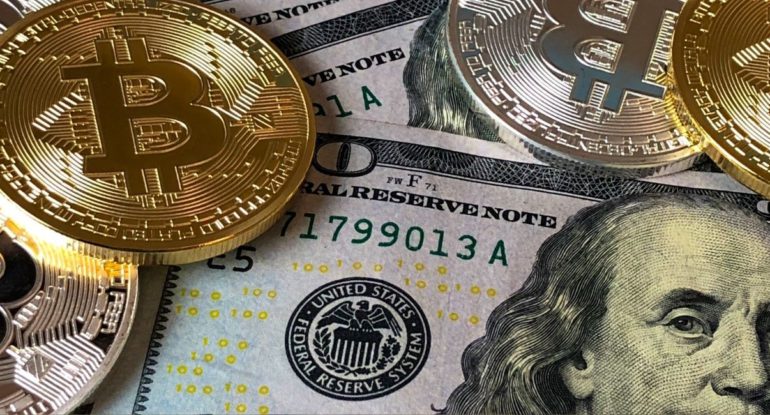Blockchain can be used to bring digital assets into the workplace

Digital asset-based businesses have a huge chance to provide genuine value to their clients through new services and business models. Cryptocurrencies, stablecoins, and nonfungible tokens (NFTs), to mention a few, have been all over the news recently. Their uses are considerably more diverse, ranging from financial instrument representation to ensuring the legitimacy and ownership of digital IP or physical objects.
Blockchain and The New Digital Asset Class
What are digital assets, and how do you use them?
In this context, we’re discussing the various sorts of digital assets that are represented on a blockchain or distributed ledger network, most typically in the form of a token. Tokens are either fungible or nonfungible. Cryptocurrencies, stablecoins, and tokenized representations of existing financial assets such as securities and bonds are examples of these tokens. Tokens can also be used to ensure the legitimacy of digital artwork and other types of digital IP and track ownership. Last but not least, tokens can be used to represent actual assets as well as business-critical documents like invoices and bills of lading.
What business prospects exist in the realm of digital assets?
Investor demand for new asset classes has steadily increased, as has the need to identify more effective solutions to encourage shared ownership and make hitherto illiquid assets more accessible to a broader investor base. There’s also a significant efficiency and innovation angle: the self-describing and programmable nature of tokens enables speedier and more accurate operations and new service and business models.
Also, read – How blockchain technology can lead us to a corruption-free world
What are the security dangers and regulations to be followed?
Because financial assets are at risk, bank-grade security is the minimum need. Given the nature of the technology involved (e.g., transactions can’t be reversed, and the compromise or loss of keys has serious effects), security standards for digital assets may go above and beyond. Varied asset kinds have different risk profiles, and companies must pick which risk posture they prefer. It’s critical to remember that the regulatory environment is flexible and vulnerable to quick change from a compliance standpoint.
While some nations have revised appropriate regulations and even legislation to reflect the nature of digital assets, others remain far behind, with several governments outright prohibiting financial institutions from dealing with crypto-assets. It is critical to take a country-by-country strategy. Companies must also take into account the disparities between states in the United States and provinces in Canada. For example, the upcoming Markets in Crypto-Assets (MiCA) law will bring clarity to an entire area; individuals who wish to offer services today will have to engage with the appropriate regulators in each country. Depending on the item, they will also need to examine the asset’s environmental imprint.
What should be taken into account from a technological standpoint?
As previously said, having the best possible security is critical. A modern architecture based on containers, microservices, APIs, and hybrid cloud is also an essential criterion. There isn’t a single-use case for digital assets that won’t necessitate advanced analytics and forecasting capabilities, and AI. Also, digital assets that represent a real thing must keep a connection to them in order to confirm that it has not been tampered with. Depending on the use case, a variety of supplementary IT (e.g., internet of things, geographic and location data, computer vision) and non-IT technologies may be required (e.g., tamper-proof packaging, nanotechnology to mark materials, hyperspectral imaging). The same technologies are used for assets that represent an organization’s carbon footprint or emissions exposure.
What are your choices for getting into the digital asset business?
This is dependent on a number of factors:
- When do you want to start offering digital asset services at your institution?
- What kind of services your company aims to provide: sole custody, trading, and custody, token issuance, or other commercial services?
- The required level of control over available functions for your company
- Your company’s willingness to take risks and try new things
Today, all choices are supported. Companies can use traditional outsourcing and white-label services or design their own solutions using off-the-shelf software components as needed. Due diligence is essential since, despite the plethora of available solutions, only a few are genuinely enterprise-grade with sufficient security standards today.




























































